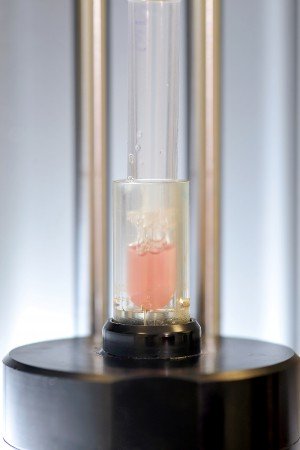The team at Swansea University Medical School say that as it is based on a simple blood test, it could be used to identify cancer in undiagnosed patients. It would be used to screen people who are
Professor Gareth Jenkins who is leading the study will be discussing his findings at the British Science Festival at Swansea University today (Tuesday 6th September).
 The actual test on the blood takes a few hours to perform in the laboratory and can be done in any standard pathology department, as it utilises standard laboratory equipment.
The actual test on the blood takes a few hours to perform in the laboratory and can be done in any standard pathology department, as it utilises standard laboratory equipment.
Researchers have optimised this test over the past four years in more than 300 individuals using oesophageal cancer as an example. The studies included healthy controls,
Professor Jenkins, who is leading the study said: «The test detects changes, known as mutations, in red blood cell surface proteins. These sugary proteins act as „Velcro“ to stick cell recognition proteins to the cell surface. In mutated cells, the „Velcro“ is missing and so the cells are „naked“ for the protein of interest. Staining cells with fluorescent antibodies for the cell recognition proteins identifies normal from mutated cells which allows a mutant cell frequency to be calculated per person.»
In healthy control individuals, only a few mutated cells are detected per million red blood cells (average of ~5 per million), but in cancer patients this can rise by over 10 fold (to 50–100 mutants per million). In patients undergoing chemotherapy, who are exposed to drugs that deliberately induce DNA mutations, the levels can be several hundred per million.
Interestingly, these red blood cell mutations do not play a direct role in the cancer development process. They are «collateral damage» produced in circulating blood cells as a
Professor Jenkins said: «The test can be likened to a „cancer smoke detector“ because a smoke detector does not detect the presence of fire in our homes but its


